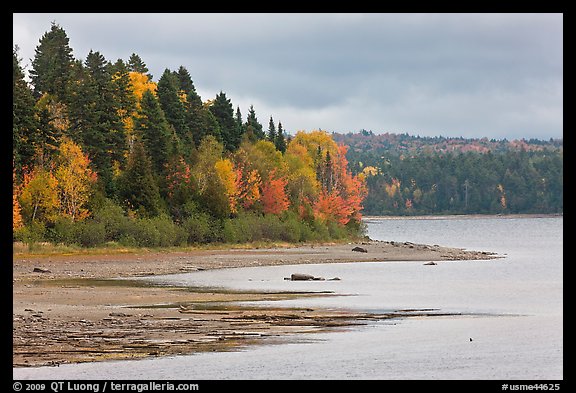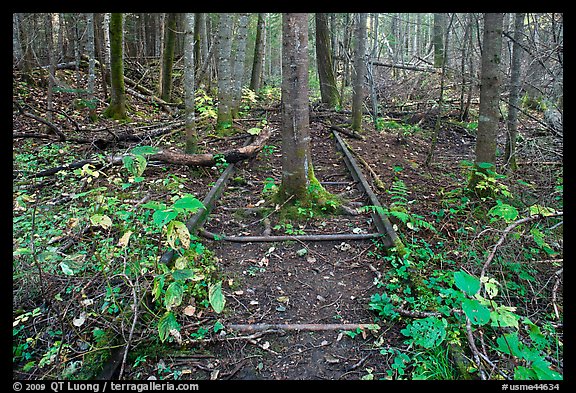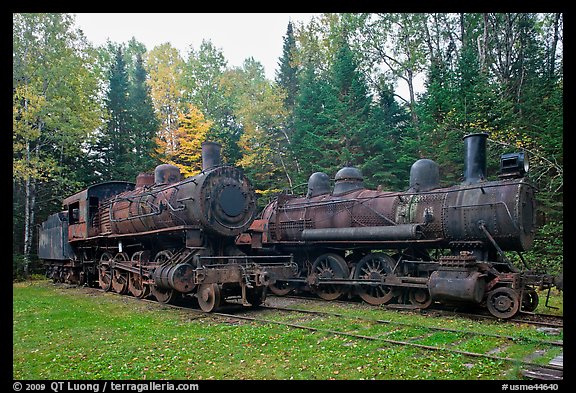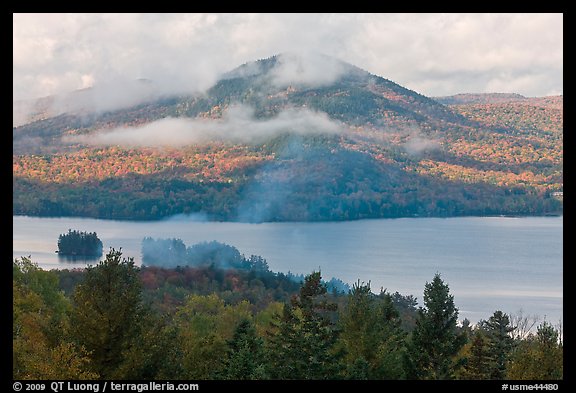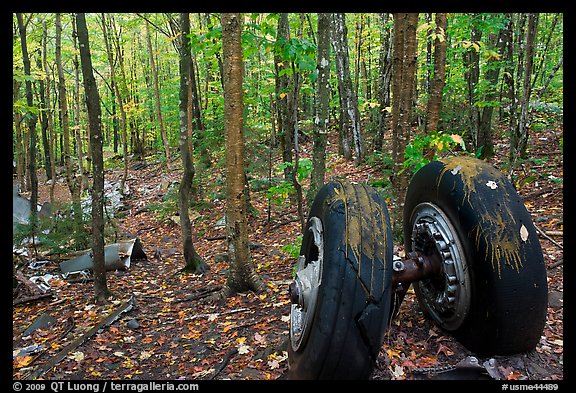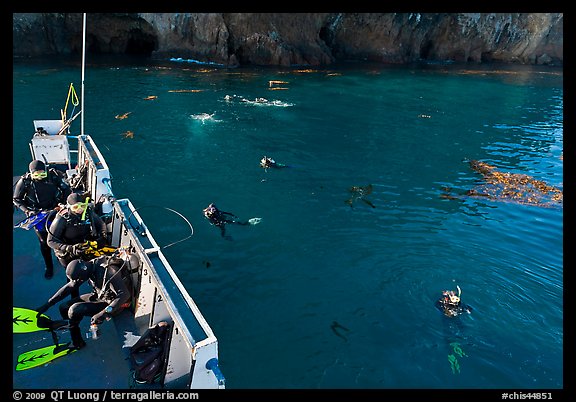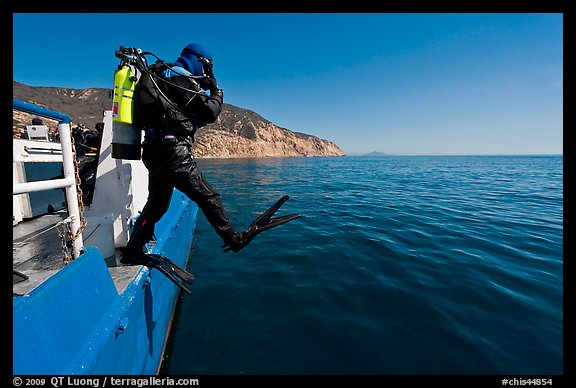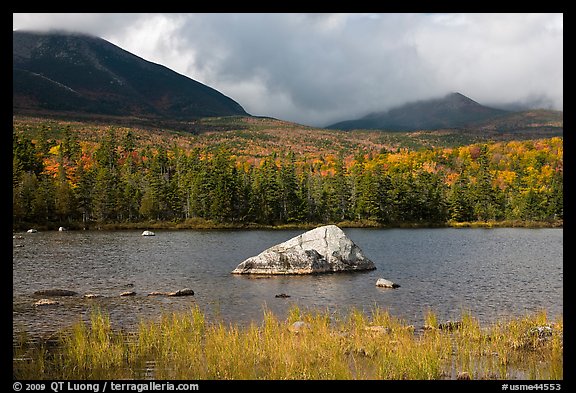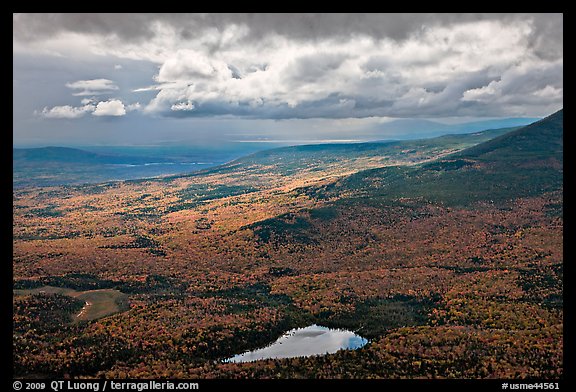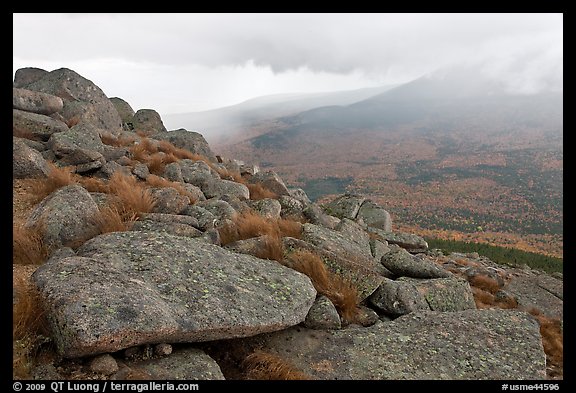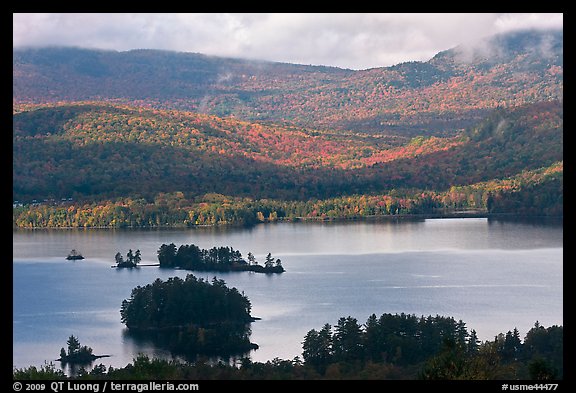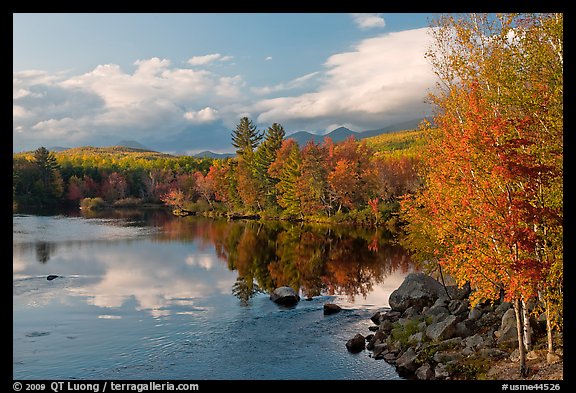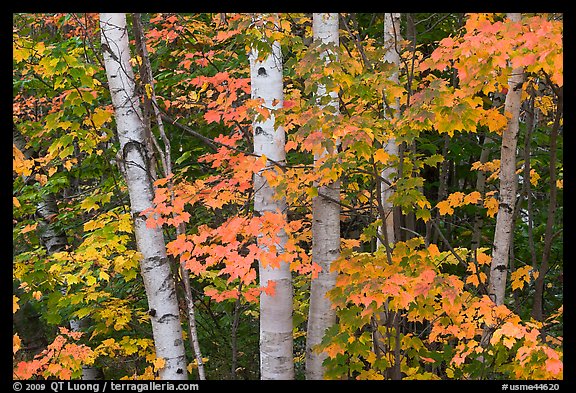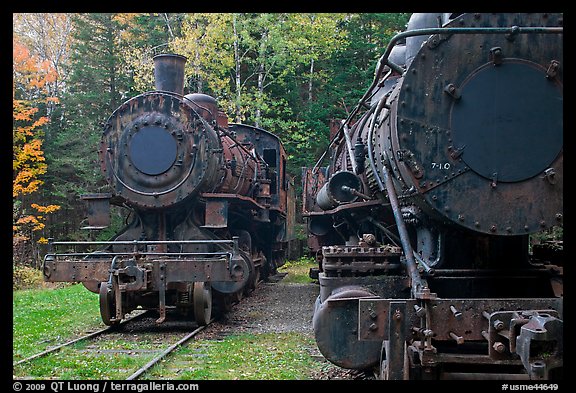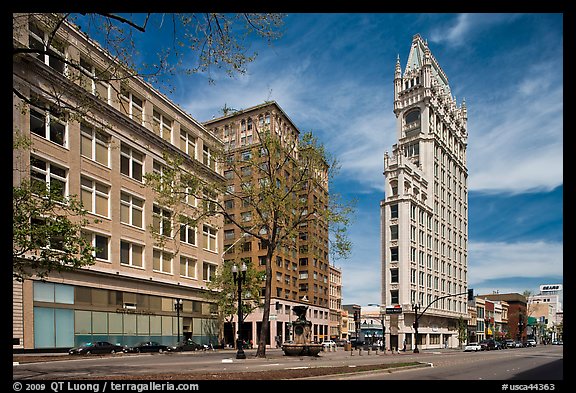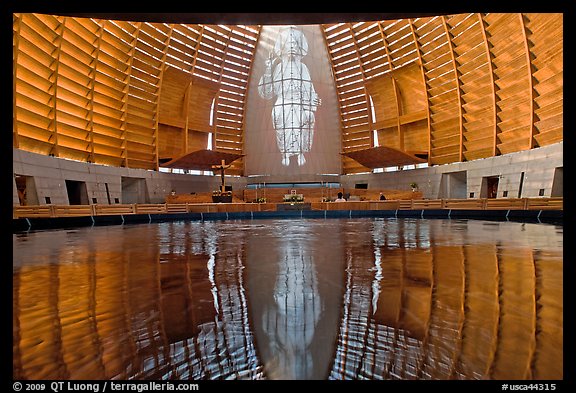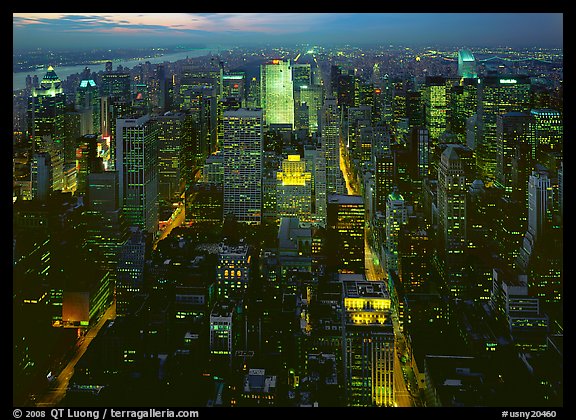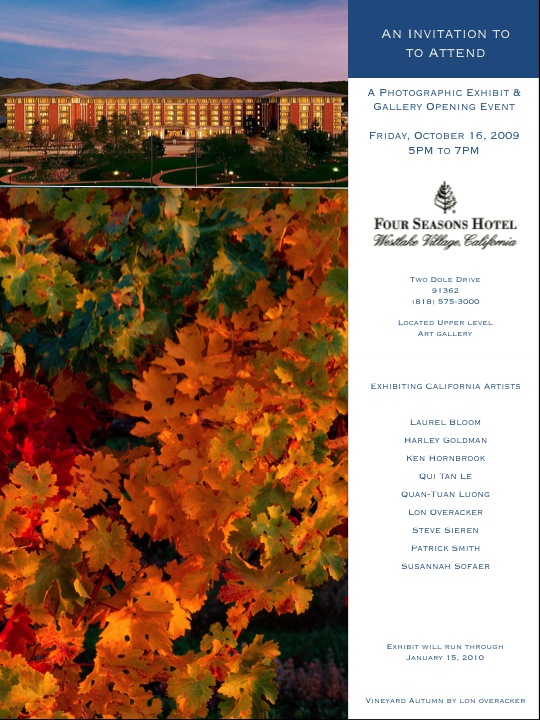Open thread: student questions and answers
Thank you for taking the time to write, and for your nice words about my images. Above all, I hope that the article got you interested enough that you will be inspired to go and see those places for yourself. Ask your parents to take you to a National Park ! If you thought the image of the waterfall was cool, think how much cooler it would be to experience the mist on your face, and see the water flow vary with the wind, maybe producing a rainbow.
It’s great that you sent an actual letter, however I thought that instead of just mailing to you the replies, I would publish them here, so this would give you the chance to be exposed to another medium, the internet blog, which I think will be growing in importance. On the blog, you can follow up with more questions and comments.
I have named this post “Open thread”. This means that any student is welcome to ask me questions here by leaving a reply. I will try to answer here so that everyone can benefit from the exchange.
Note also that prior to starting this blog, I have replied to a few frequently asked questions here.
Gabriela,
The first time I climbed a snowy mountain, I was indeed a little scared. That was a terrain I was not familiar with, and I was afraid that if I would slip and fall I would die, or at the least get hurt. Fortunately I was with good, experienced friends, and nothing bad happened. Subsequently, as I became more experienced, I would be scared only if the situation was really dangerous, which is sometimes the case. One doesn’t need to be afraid to be scared. Experiencing fear is an opportunity to surmount it.
Jennifer,
The light you see in the Mammoth Cave image is under water, in a small pool of water, shinning up. Because the water in the cave is greenish, the light looks green. Brown bears come to the waterfall in Katmai National Park because at that time of the year, the salmon swim up the river in order to lay down their eggs. The bears need to eat a lot before they hibernate. They know that they can catch a lot of salmon there. I have not visited Loriella Park in Virginia yet. I’ve been focusing my travels mostly on National Parks for many years. I did not find sleeping on the cliff scary, because I was attached to the rope while I was sleeping. Besides, do you often fell out of your bed, no matter how high it is ? I use a lot of different cameras. You can read about them in this article, and here are pictures of me with my cameras.
Karen,
How I took the pictures could be the subject of a whole book, so I am afraid I cannot give a brief answer, but I’d encourage you to take a photography class, and you’ll get a better idea of the process. It’s not that difficult, but there is a lot to learn. The bird with the red head was very tame. It walked around on the grass for a while. This was taken in a urban park. You can tell that because the grass is a lawn. In those places, animals often get used to humans, so they are not afraid. You are right, my shoulders sometimes get tired from carrying a lot of heavy equipment, but there is a price to pay for everything, and nothing great has been accomplished without a dose of pain or effort. Don’t you think the pictures make it worth it ?
Rafael,
To take pictures up close of animals, you use special lenses called telephotos. They magnify distant subjects just like binoculars. To take pictures up close of small things, you use special lenses called macro lenses. They work a bit like a magnifying glass. Many mountains are easy to climb, since there will be a trail to the top, so it’s just a matter of walking. Others are covered in snow or ice, in which case you need to wear crampons on your feet and use ice axes in your hands. Some are made of very steep rock, so you climb them using both your hands and feet, like you climb a tree. With so many different mountains, the time it can take them can vary from a few hours to a few weeks. On some mountains, the risk of falling is quite high, as is the risk of being trapped by bad weather. I have been scared in those conditions, but the point is to control your fear so that it doesn’t control you (and make you panic). There was a time when a bear came towards me as I was taking pictures. He did not attack me, but I had to abandon my equipment to hide behind a tree to be safe. It is fairly rare for bears to attack humans. Although they are powerful animals, they are actually afraid of us. The 100,000 miles mentioned in the article that you read were driven in a car. It would take a very long time to walk.
Yareliana,
The lava is flowing down from the volcano crater as it is driven by gravity, just like water. It is entering the beach because the beach is lower than the cliff which is above it. The reason you don’t see a continuous flow (which makes you wonder where it comes from) is that sometimes, it flows beneath older lava. The older lava has hardened and become rock. It then forms a tunnel for the new lava to flow underneath. At Katmai, the distance between the observation platform and the falls where the bears fish is about fifty feet, which is quite close. Normally, you wouldn’t want to get that close to a bear, however there you are standing on a platform. That’s in fact one of the only spots in the world that I know where you can get reliably and safely that close to wild bears. El Capitan is very easy to find. It dominates Yosemite Valley, and you can see it from most places in the Valley.

